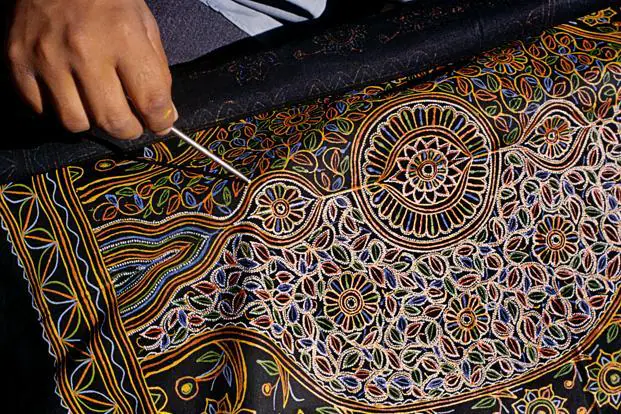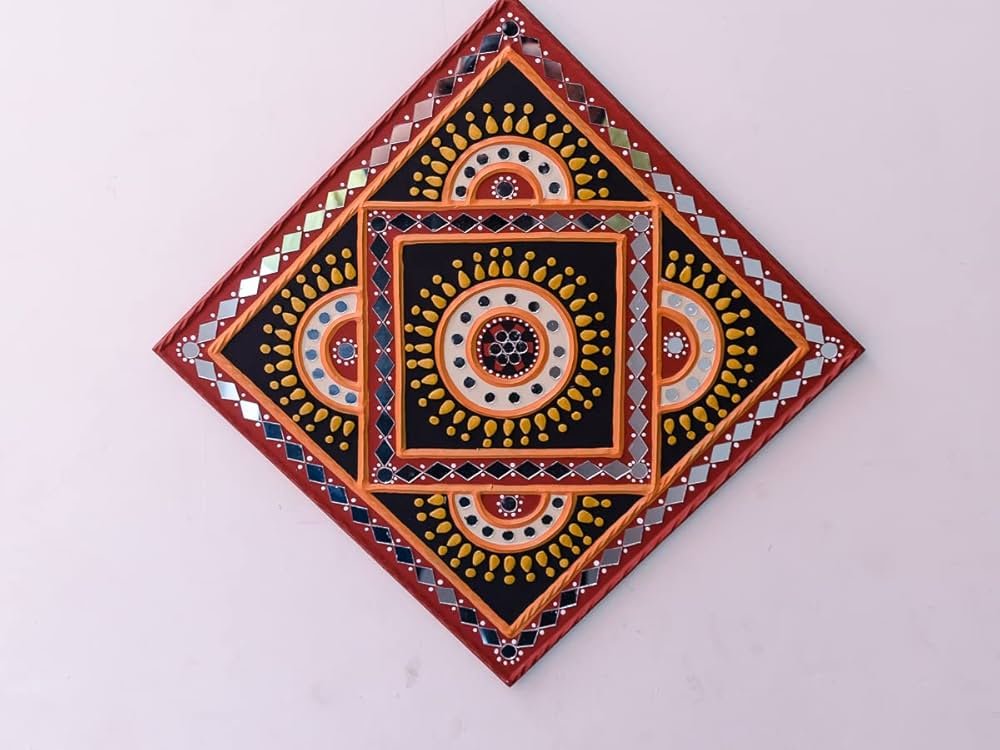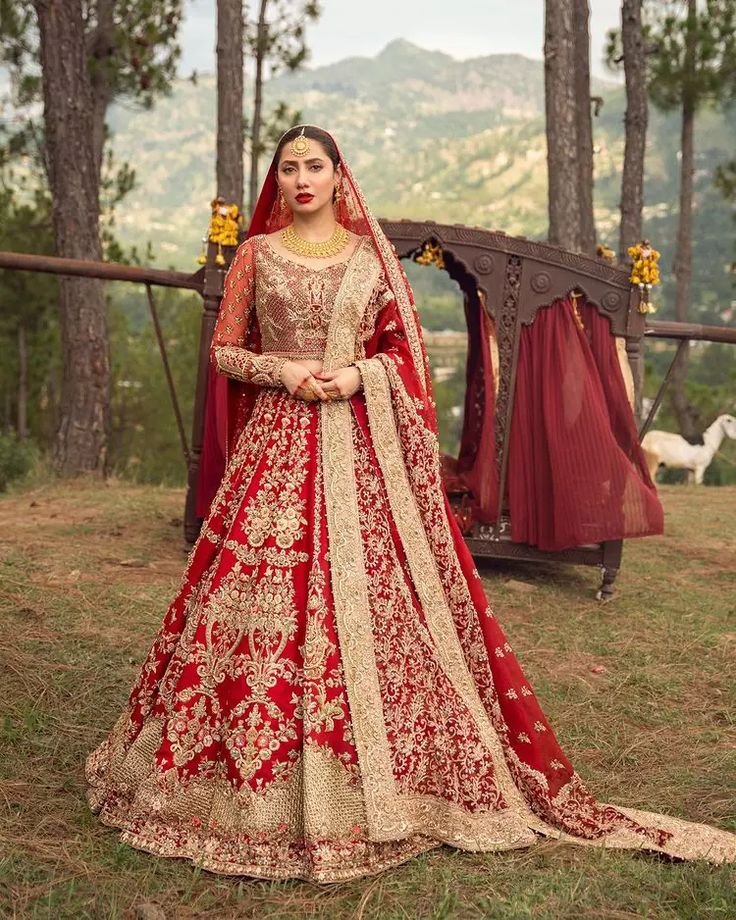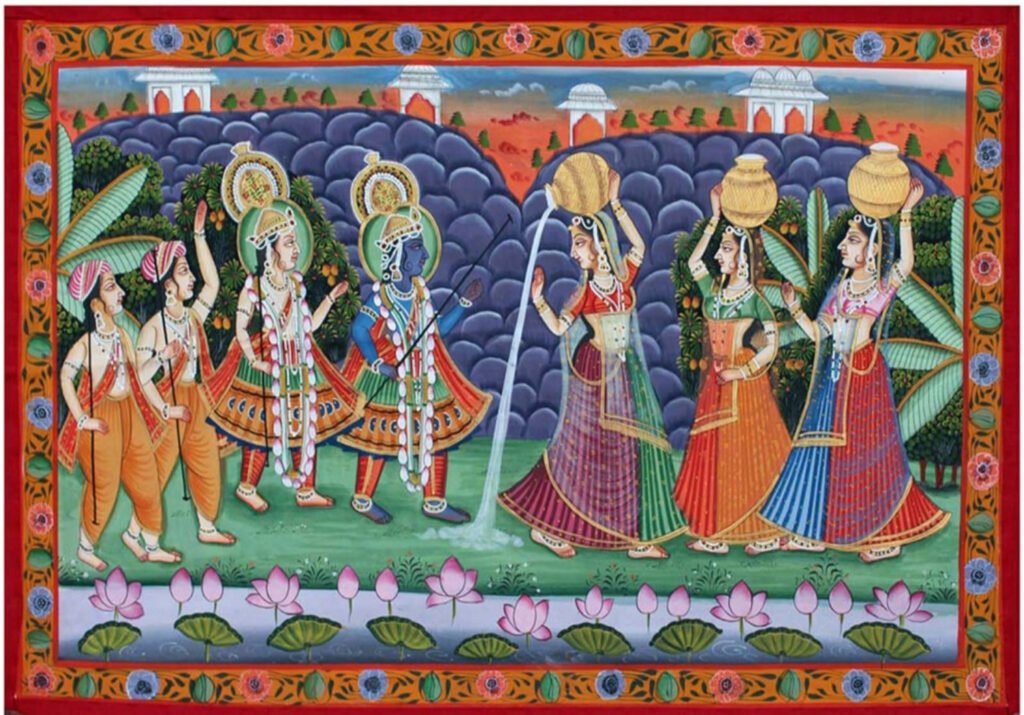In the quiet village of Nirona in Gujarat’s Kutch region lies a centuries-old secret — a rare, mesmerizing form of cloth painting called Rogan Art. Not known to many, this 400-year-old traditional art was once on the verge of extinction. But today, it’s not just surviving — it has traveled all the way from rural India to the White House as a gift to Barack Obama from Indian Prime Minister Narendra Modi.
What makes Rogan Art so unique? Why is it practiced by only one family in the world? And how is this ancient form of painting created with nothing but castor oil and a metal stylus?
Let’s unfold the vibrant and hidden tale of India’s most secretive and stunning folk art.
🧬 Origins of Rogan Art — A 400-Year-Old Living Heritage

The word “Rogan” comes from the Persian word for “oil.” This is no coincidence — the colors used in Rogan painting are made from boiled castor oil mixed with natural pigments.
This intricate cloth painting art form dates back over four centuries, and it found its home in Kutch, Gujarat. Traditionally used to decorate bridal clothing, wall hangings, and quilts, Rogan Art was once popular among local communities such as the Ahirs, Rabaris, and Muslims of the Kutch region.
But over the years, machine-made fabrics and digital prints began replacing hand-crafted traditions. Rogan art faded into obscurity — until one family refused to let it die.
👨🎨 The Khatri Family — Guardians of Rogan Art
Today, only one family in Nirona continues to practice Rogan Art — the Khatri family.
Notably, Abdul Gafur Khatri, a Padma Shri awardee, has become the face of Rogan art revival. With sheer determination and dedication, the Khatris have trained the next generation — even opening their art to women, something that had never been done before in their community.
Their artwork now travels across India and the world, featured in museums, exhibitions, and collector homes — even in the White House, where a Tree of Life Rogan painting was gifted to U.S. President Barack Obama in 2014.
🎨 How Rogan Art Is Made — The Enchanting Process

Rogan Art isn’t painted with brushes. Instead, artists use a metal stylus to draw freehand on cloth. Here’s how the magic unfolds:
- Castor Oil Preparation:
Castor oil is boiled for 12+ hours until it thickens into a sticky paste called rogan. It’s then mixed with natural or synthetic pigments to form vibrant colors. - Drawing with Air Suspension:
The artist dips the stylus into the paint and suspends the paint thread mid-air just above the fabric. By careful movement, the design is transferred without the stylus touching the cloth. - Mirror Imaging:
Interestingly, the design is first drawn on half the fabric. The cloth is then folded to create a mirror image — a stunningly symmetrical pattern. - Drying and Finishing:
Once dry, the cloth is ready to be framed or stitched into various decorative items.

🌀 Symbolism and Motifs — Stories in Every Stroke
Rogan designs are inspired by nature, folklore, and local traditions. Common motifs include:
- The Tree of Life — symbolizing growth and connection
- Paisleys and Flowers — representing fertility and beauty
- Geometric Borders and Meshes — reflecting architectural influences
Every piece is unique and unrepeatable, as it is drawn by hand without stencils or tracing.
🧥 From Bridal Wear to Global Art — The Transformation

Historically, Rogan paintings adorned bride’s ghagras, quilt covers, and wedding gifts. Now, the scope has expanded:
- Wall hangings
- Scarves and stoles
- Cushion covers
- Table runners
- Fashion accessories
- Museum exhibits
With the growing interest in sustainable, handmade, and slow fashion, Rogan Art is finding its way into modern homes and designer collections.
🌍 Global Recognition — From Nirona to the White House
In 2014, the Rogan painting titled “Tree of Life” was chosen as India’s official gift to U.S. President Barack Obama. This single moment thrust this humble tradition into the global spotlight.

Since then, international tourists, art enthusiasts, and cultural institutions have made their way to Nirona village to witness the magic firsthand.
📉 The Decline & Revival — A Fight Against Extinction
Despite centuries of history, Rogan Art was nearly lost. By the early 2000s, only two or three members of the Khatri family still practiced it.
But thanks to:
- Government support (GI tag and craft fairs)
- Padma Shri awards
- Workshops for youth and women
- Social media awareness
…the art form has seen a dramatic revival.
👩🎓 Teaching the Next Generation — Empowerment Through Art

Traditionally, Rogan Art was taught only to male family members, but the recent revival includes training young girls and local women to help preserve and evolve the art.
Workshops and training programs now help young artisans learn this centuries-old technique and give them a source of livelihood through exhibitions and online sales.
🛍️ Where to Experience and Buy Rogan Art Today
You can:
- Visit Nirona Village in Kutch
- Buy online from authentic Rogan Art sellers
- Attend Crafts Mela like Surajkund or Kala Ghoda
- Visit Handicrafts Museums in India
Always ensure the product is authentic — made by registered artisans from Nirona.
🔗 Related Blogs You Might Like
- Pattachitra from Odisha: Tales of Gods on Palm Leaves
- Ajanta-Ellora Caves: Storytelling Through Ancient Frescoes
- Chhattisgarh’s Bastar Art: From Iron Sculptures to Woodcraft
For more Detail go to this Wikipedia Link
📝 Conclusion
Rogan Art is not just a form of decoration — it’s a living, breathing piece of India’s cultural DNA. From the boiling of castor oil to the mesmerizing freehand symmetry, every Rogan painting tells a story of resilience, patience, and timeless beauty.
As we move toward a world that values tradition, sustainability, and handcrafted beauty, Rogan Art stands as a glowing symbol of India’s rich artistic legacy.
So next time you see a piece of Rogan work — whether online or in a gallery — remember, you’re not just looking at a painting…
You’re looking at 400 years of history, color, and soul.
